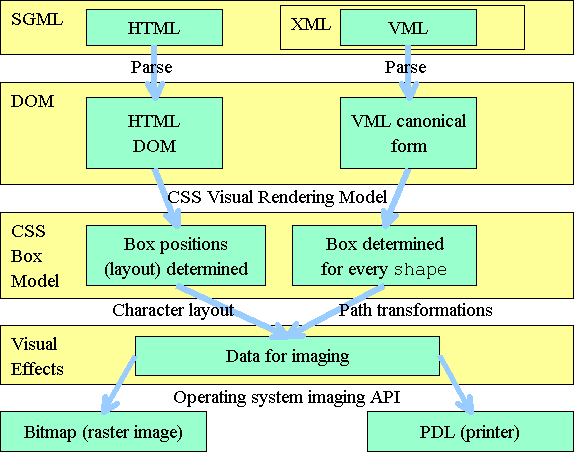Atlas Autocode: A Historical Perspective on Early Programming Languages
The evolution of programming languages marks significant milestones in the history of computer science. Among these early efforts, Atlas Autocode (AA) stands as a notable development from the mid-20th century. Created in 1965 at the University of Manchester, this programming language represents a critical step in the quest for more efficient, human-readable, and accessible programming systems. This article delves deeply into the origins, development, features, and legacy of Atlas Autocode, contextualizing its significance within the broader history of programming languages.
The Origins of Atlas Autocode
Atlas Autocode was developed specifically for the Atlas Computer, an advanced and innovative machine of its time. Spearheaded by Tony Brooker and Derrick Morris, the language emerged as a variant of ALGOL, an influential programming language that set the standard for many modern languages. ALGOL was known for its structured syntax and suitability for scientific computations, but its complexity necessitated the creation of simpler derivatives like Atlas Autocode.
The term “Autocode” was commonly used in the early days of computing to describe simplified programming systems that allowed users to write code closer to human language than machine code. However, Autocode implementations varied significantly across platforms. Atlas Autocode, in particular, was tailored for the specific needs and architecture of the Atlas Computer, combining elements of simplicity with advanced features inspired by ALGOL.
Features of Atlas Autocode
Atlas Autocode introduced several innovations that were groundbreaking for its time. While many of its features have become standard in modern programming languages, their implementation in the 1960s represented a leap forward.
1. Simplicity and Accessibility
Atlas Autocode was designed to be more accessible than its predecessor ALGOL. Its syntax was straightforward, making it easier for scientists and engineers without deep programming knowledge to write and understand code.
2. Support for Scientific Computations
The language prioritized features for numerical and scientific computations, reflecting the needs of its primary users in academia and research. This included robust support for mathematical operations, array processing, and matrix manipulation.
3. Integration with Atlas Computer Architecture
The language was specifically optimized for the Atlas Computer, leveraging the hardware’s unique capabilities. The Atlas Computer itself was a pioneering machine, featuring innovations like virtual memory and high-speed processing.
4. Precursor to Semantic Indentation
Although modern programming languages such as Python are celebrated for introducing semantic indentation, early autocodes, including Atlas Autocode, laid the groundwork for readable and logically structured code.
The Atlas Computer: A Technological Marvel
Understanding Atlas Autocode requires a brief exploration of the Atlas Computer. Built in the early 1960s at the University of Manchester, the Atlas Computer was one of the most powerful computers of its era. It introduced groundbreaking features such as:
- Virtual Memory: A revolutionary concept allowing the machine to handle more memory than was physically available.
- Pipeline Processing: Enhancing computation speed by overlapping different stages of instruction execution.
- Control Programs: Early forms of operating systems designed to manage tasks and optimize performance.
Atlas Autocode was developed to complement and fully exploit these advanced features, ensuring seamless communication between the programmer and the machine.
Comparison with ALGOL
Atlas Autocode’s roots in ALGOL are evident, yet it diverges significantly to cater to its unique context. ALGOL was highly structured, emphasizing mathematical rigor and universality. However, its complexity often deterred less experienced programmers. Atlas Autocode retained the mathematical strength of ALGOL but introduced a simplified syntax and targeted functionalities, ensuring usability without sacrificing computational power.
| Feature | ALGOL | Atlas Autocode |
|---|---|---|
| Complexity of Syntax | High | Moderate |
| Target Audience | Mathematicians and Scientists | Scientists and Engineers |
| Integration with Hardware | General Purpose | Optimized for Atlas Computer |
| Readability | Lower | Higher |
Contributions by Tony Brooker and Derrick Morris
Tony Brooker, a pioneer in early computing, played a central role in the development of Atlas Autocode. Brooker was already known for his work on the Mark 1 Autocode, one of the earliest programming systems. His expertise in designing user-friendly programming environments was instrumental in creating Atlas Autocode.
Derrick Morris, his collaborator, brought technical expertise that ensured the language’s compatibility with the Atlas Computer’s architecture. Together, they created a tool that was both powerful and approachable, laying the groundwork for future high-level languages.
Legacy and Influence
Although Atlas Autocode is no longer in use, its influence endures in several ways:
1. Advancement of High-Level Languages
Atlas Autocode demonstrated the feasibility and benefits of high-level programming languages, influencing the development of subsequent languages like FORTRAN and Pascal.
2. Educational Impact
The language was used as a teaching tool, introducing students to programming concepts without overwhelming them with complexity.
3. Integration with Hardware
The close integration of Atlas Autocode with the Atlas Computer showcased the importance of designing languages in harmony with hardware capabilities—a principle still relevant today.
Challenges and Limitations
Despite its innovations, Atlas Autocode faced limitations:
- Hardware Dependency: Its close alignment with the Atlas Computer limited its portability and broader adoption.
- Niche Use Case: Its focus on scientific computations meant it was less suited for general-purpose programming.
- Short Lifespan: The rapid evolution of computing hardware and software rendered the language obsolete within a few decades.
Conclusion
Atlas Autocode represents a fascinating chapter in the history of computer science. Developed during a time of rapid technological advancement, it bridged the gap between complex theoretical languages like ALGOL and the practical needs of scientists and engineers. While its direct use has faded into history, its legacy continues to shape the principles of programming language design.
As we look back at Atlas Autocode, we recognize it as more than just a programming language; it was a pioneering effort that embodied the spirit of innovation, adaptability, and progress that defines the field of computer science. Its role in the history of programming underscores the importance of simplicity and accessibility in driving technological adoption and advancement.

